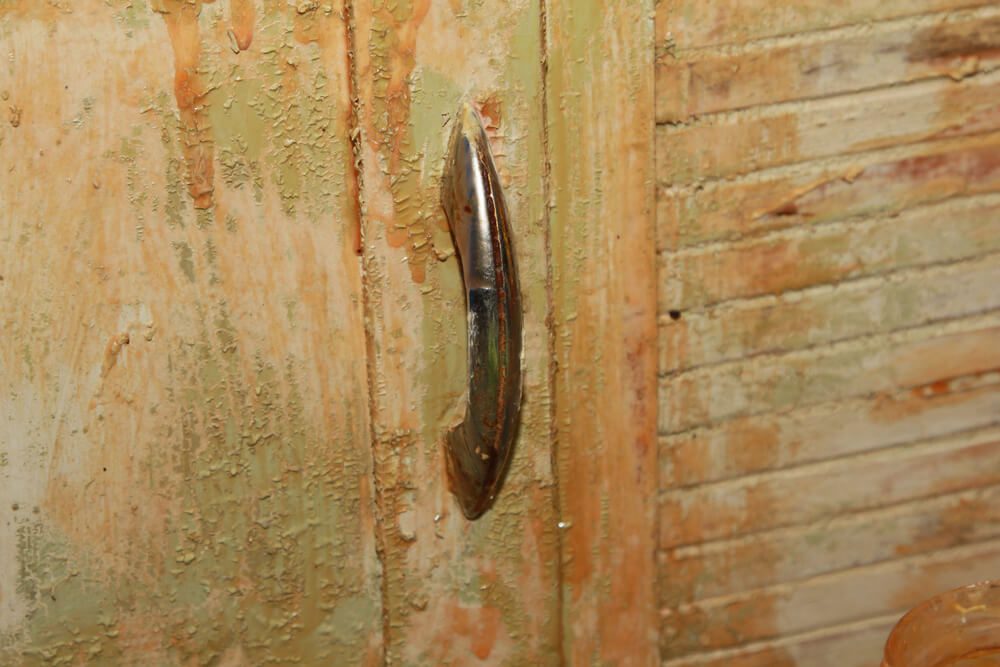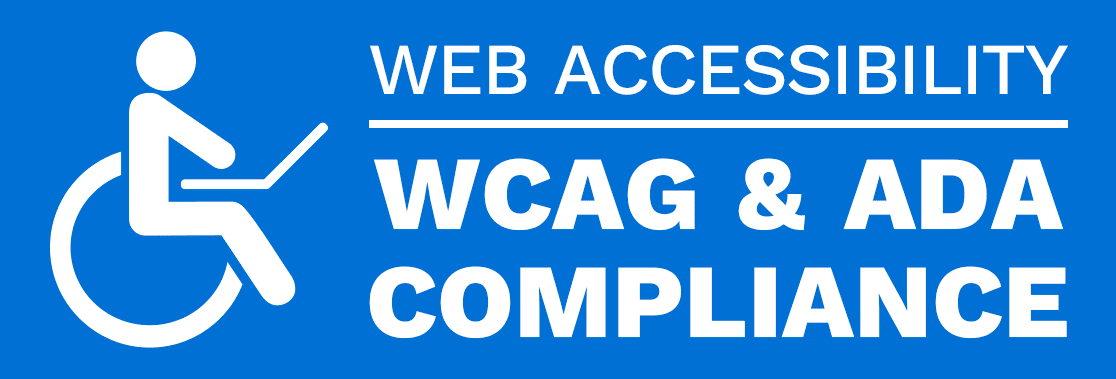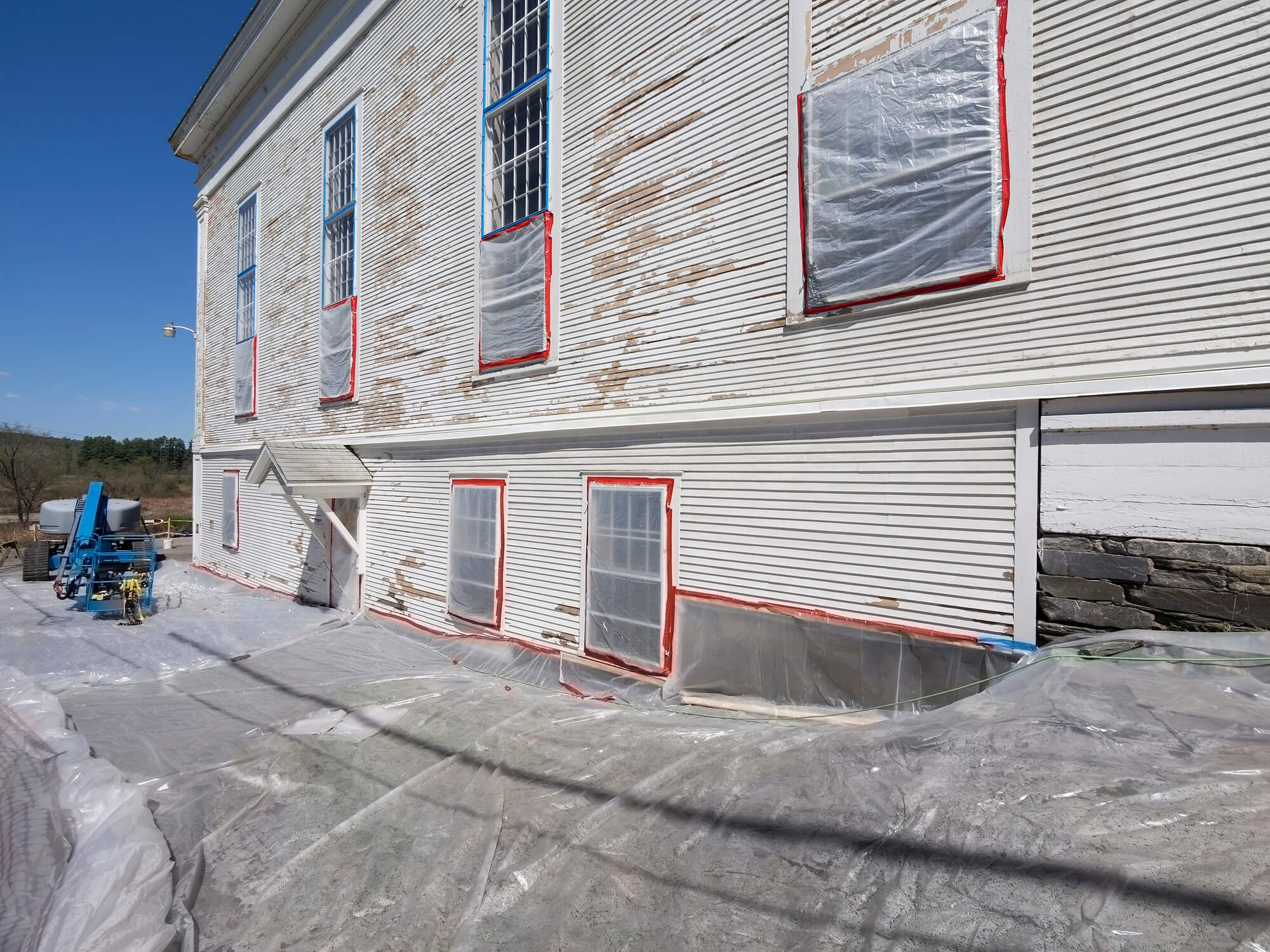The U.S. Government Began Regulating Lead Based Paint In 1971
Lead based paint has been used for thousands of years, but no one discovered its toxic effects on human health until much later. In the early 20th century, it became more widely used in homes and other buildings, especially after the introduction of mass-produced paints in the mid-1920s. However, in the 1930s, studies began to link the paint with lead poisoning, particularly in children who ingested paint chips or breathed in dust from deteriorating paint. In response to these concerns, the U.S. federal government began to regulate the use of the paint in 1971. They eventually banned it in residential buildings in 1978.
The legacy of the paint remains a major public health concern, as many older buildings still contain the paint that can pose a risk of lead poisoning, especially to children. As a result, the removal and remediation continue to be an ongoing challenge in many communities worldwide.
How Can I Protect Myself And My Family Against Lead Based Paint?
I’m buying an old home, and I believe it has lead-based paint. What can I do to protect myself and my family? If you suspect that your old home contains lead based paint, there are several steps you can take:
- Get the paint tested: Hire a certified inspector or risk assessor to test the paint in your home. They can determine the presence and extent of paint and provide recommendations for addressing any hazards.
- Keep surfaces clean: Regularly clean floors, windowsills, and other surfaces with a damp cloth to reduce the buildup of lead dust. Be sure to dispose of cleaning materials properly to avoid contaminating other areas.
- Avoid sanding or scraping: Do not sand or scrape the paint, as this can release toxic dust into the air. If you need to remove or repair the paint, hire a professional with experience in lead-safe work practices.
- Keep children and pets away: Keep children and pets away from areas where the paint is present, especially if it is chipping, peeling, or cracking.
- Consider lead abatement: If the paint is in poor condition, you may want to consider having it removed or encapsulated by a certified lead abatement professional. This can be costly, but it will provide a safer environment for you and your family in the long run.
Taking lead based paint seriously is important, as it can cause serious health problems, especially in children. By taking these steps, you can help minimize the risk of exposure and protect yourself and your family.

Who Do I Hire To Inspect For Lead Based Paint?
To properly inspect for lead-based paint, you should hire a certified lead inspector or risk assessor. These professionals have specialized training and equipment to test for the presence of the paint in your home. They can also assess the risk of exposure and recommend strategies to address any hazards. The U.S. Environmental Protection Agency (EPA) and many state and local health departments maintain lists of certified lead inspectors and risk assessors. You can search online for local companies that provide testing services.
When choosing a lead inspector or risk assessor, be sure to ask about their qualifications, experience, and certifications. You should ask for references and check their credentials with the appropriate regulatory agencies. Choosing a qualified and reputable professional is important to ensure that the testing is done properly. You need accurate information and recommendations for addressing any hazards.

What Is An EPA LEAD SAFE FIRM NAT-F172/84-2 Inspector?
An EPA Lead-Safe Firm is certified by the U.S. Environmental Protection Agency (EPA) to perform lead-based paint activities safely and effectively. The certification is issued under the Toxic Substances Control Act (TSCA) Title IV, Section 402, and includes specific training, testing, and work practice requirements.
An EPA Lead-Safe Firm NAT-F172/84-2 inspector is an individual who works for an EPA-certified Lead Safe Firm and has been trained and certified to perform paint inspections, risk assessments, and clearance testing. These inspectors are trained to determine if the paint is present in a building, assess the risk of lead exposure, and provide recommendations for abatement or management of any identified hazards.
The responsibilities of an EPA Lead-Safe Firm NAT-F172/84-2 inspectors may include the following:
- Conducting visual inspections and taking samples of paint, dust, and soil for laboratory analysis
- Assessing the condition and risk of lead-based paint hazards
- Preparing reports that identify the locations and quantities of the paint, as well as recommendations for abatement or management of any identified hazards
- Communicating with property owners and occupants about the results of the inspection and any recommended actions
- Ensuring that all work complies with EPA regulations and guidelines to protect the health and safety of workers, building occupants, and the environment.
Overall, an EPA Lead Safe Firm NAT-F172/84-2 inspector plays a critical role in protecting public health by identifying and managing the risks associated with lead based paint in homes and other buildings.
Should I Have All My Lead Paint Removed?
Whether or not to remove all paint from your home depends on several factors. Some items are the condition of the paint, the age, and type of the building, and your personal risk tolerance. If the paint is in good condition and not chipping, peeling, or otherwise deteriorating, it may be safe to leave it in place. You will need to manage the risk of exposure through regular cleaning and maintenance. However, if the paint is in poor condition, or if you are planning to renovate or disturb it in any way, remove or encapsulate the paint to prevent exposure.
Removing lead-based paint can be a complex and costly process. It should only be done by certified professionals who have the training, equipment, and experience to do so safely and effectively. Lead abatement methods can include removal, encapsulation, or enclosure, depending on the extent and severity of the hazard.
Removing The Paint Should Be Based On The Assessment
Ultimately, the decision to remove the paint should be based on a careful assessment of the risks and benefits. Take into account the condition of the paint, the age and type of the building, and your personal preferences and circumstances. Therefore, consult with a certified lead inspector or risk assessor to determine the best course of action for your specific situation.
Consider Lead Abatement If The Paint Is In Poor Condition
In conclusion, lead based paint is a serious health hazard that can cause significant health problems, especially in children. If you are purchasing an old home, take steps to protect yourself and your family from exposure. This includes hiring a certified inspector or risk assessor to test for the presence of lead. You can regularly clean surfaces to reduce the buildup of lead dust, and avoid sanding or scraping the paint. Keep children and pets away from areas where the paint is present. Lastly, consider lead abatement if the paint is in poor condition.
Manage The Risks Associated With Lead Based Paint
Choosing a qualified and reputable professional is important to ensure that the testing is done properly. Delmarva Inspections Group is a certified inspection company providing lead paint inspections. Ultimately, take the necessary steps to identify and manage the risks associated with it. This protects the health and safety of yourself and your family. Also, it ensures that your home is a safe and healthy place to live.


















